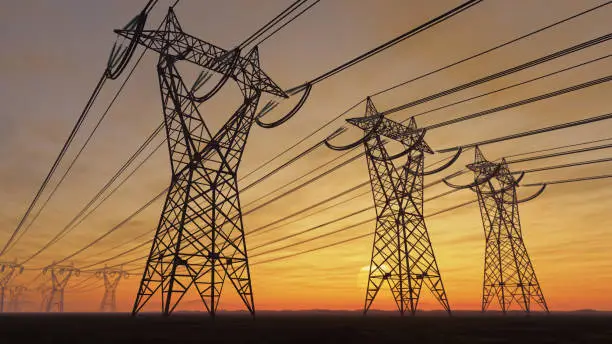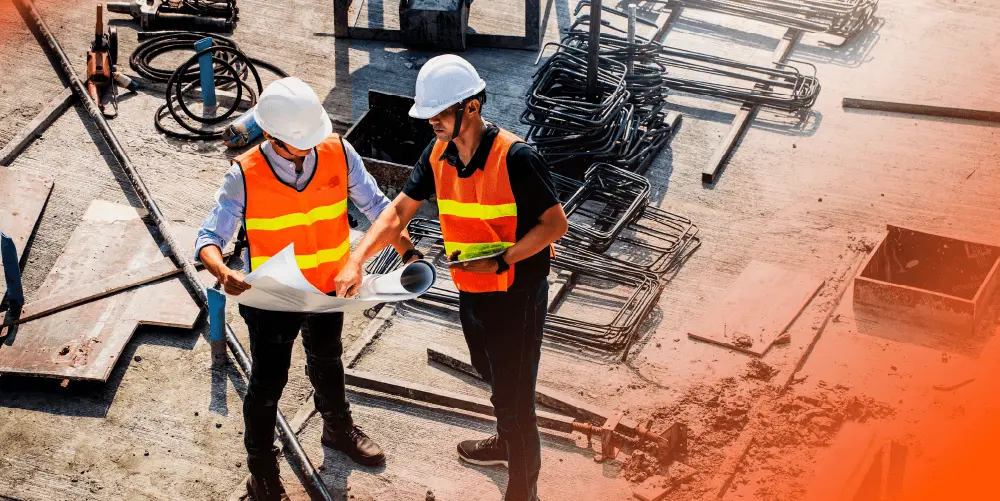Pylons: Essential Structure, Types, and Modern Infrastructure Applications
Pylons, those tall and sturdy structural supports, are integral to various infrastructure projects, from power transmission networks to major bridge constructions. This article explores the concept of pylons, their applications, construction methods, and their broader impact on modern life. We’ll also examine SSC Works’ role in supporting this field through the maintenance and repair of heavy equipment associated with pylon-related work.

1. What Are Pylons?
A pylon is a vertical structure primarily used to support infrastructure elements in construction and transportation. The term “pylon” originates from Greek, meaning gate or pillar, and often represents columns or towers. In infrastructure, pylons help bear significant loads, such as high-voltage transmission cables or the suspension cables of a bridge.
Today, pylons are essential structural elements for supporting infrastructure, especially in maintaining durability and connectivity across power grids, bridges, and communication networks.
2. Types of Pylons by Function
Pylons come in various forms, each designed to fulfill specific roles across fields like construction, energy, and transportation. Here are some of the most common types of pylons:
a. Electrical Transmission Pylons
These pylons, often called transmission towers, are built to support high-voltage electrical cables. Designed to withstand extreme weather, they play a key role in carrying electricity over long distances safely.
b. Bridge Pylons
In suspension bridges, pylons hold up the cables that support the bridge deck. These pylons are designed to endure massive loads and often employ reinforced materials to resist vibrations, wind, and traffic load.
c. Communication Pylons
Used for mounting antennas and signal devices, communication pylons are integral to cellular networks, radio, and TV broadcasting. They are typically built high to optimize signal reach and transmission.
d. Architectural Pylons
While not always functional as load-bearing structures, these pylons often serve as aesthetic elements or landmarks in large buildings or monuments. Architectural pylons can symbolize identity and add visual appeal to the structure they are part of.
3. Materials Used in Pylon Construction
The materials used in building pylons are chosen based on the intended function and environment. Below are some commonly used materials:
- Steel: Steel is a popular choice for electrical and bridge pylons because of its strength and resistance to corrosion.
- Reinforced Concrete: Commonly used for larger pylons and architectural designs due to its stability and durability.
- Aluminum: Lightweight and corrosion-resistant, aluminum is suitable for smaller communication pylons.
- Fiberglass or Composite Materials: Primarily used in small communication pylons for their light weight and flexibility.

4. Construction Stages of a Pylon
Building a pylon involves several stages, each critical to ensuring the structure’s stability and longevity:
a. Design and Planning
The design phase involves determining the pylon’s height, load-bearing capacity, and materials based on its specific purpose.
b. Site Preparation and Foundation
Once the location is cleared, foundation work ensures the pylon’s stability. The foundation design varies depending on the pylon’s size and expected load.
c. Erecting the Main Structure
Erecting the primary structure is a complex process requiring heavy equipment and precise engineering to ensure the pylon is both sturdy and accurately aligned.
d. Installing Auxiliary Components
After the main structure is complete, auxiliary components such as electrical or suspension cables are installed as needed. For electrical pylons, cables are carefully connected to avoid electrical leakage.
5. Challenges in Pylon Construction and Maintenance
Constructing and maintaining pylons presents several challenges, such as:
- Extreme Weather: Pylons face constant exposure to elements like strong winds, heavy rains, and extreme temperatures.
- Heavy Loads and Vibrations: Transmission and bridge pylons must withstand constant load-bearing stress, including traffic and environmental vibrations.
- Corrosion and Material Degradation: Steel pylons, particularly, are prone to corrosion without regular maintenance.
SSC Works’ Role in Pylon Maintenance and Support
SSC Works offers services in maintaining and repairing equipment vital to pylon-related construction and infrastructure, such as cranes, lifts, and excavators. Our services cover both routine maintenance and specialized repairs, ensuring optimal performance and safety for heavy equipment. SSC Works supports these critical structures, helping maintain long-term efficiency and safety.
Conclusion
Pylons are essential to various sectors of infrastructure, from power transmission to transportation and communication. Understanding the types, construction techniques, and materials involved in pylons highlights their value in daily life. SSC Works is committed to supporting this infrastructure with reliable maintenance and repair services, helping you keep your projects safe, efficient, and sustainable.

